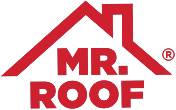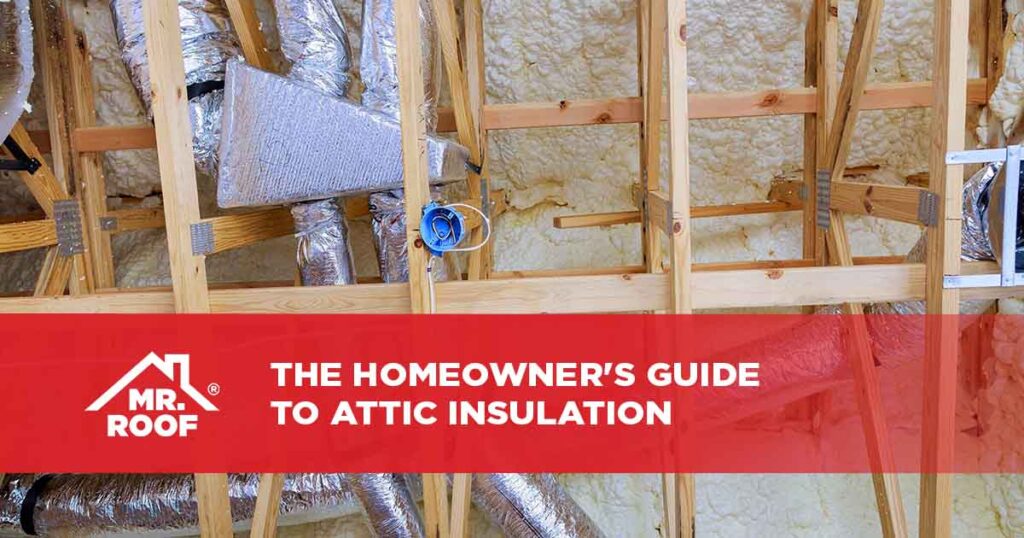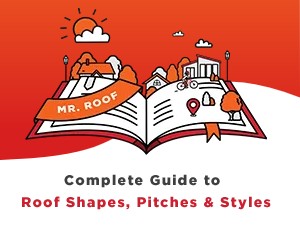When it comes to enhancing your home’s energy efficiency, attic insulation is a topic that cannot be overlooked. Given its crucial role in reducing heat loss during winter and maintaining cool air in the summer, the investment in attic insulation can significantly impact your comfort and energy bills. However, homeowners often find themselves pondering the question: is more attic insulation always better? Understanding the nuances of attic insulation, including the types such as blown-in insulation and factors affecting attic insulation cost, is vital in making informed decisions that cater to your home’s specific needs.
This article delves into the benefits of extra roof insulation, emphasizing why it’s worth considering beyond the basic requirements. Prepare to equip yourself with the knowledge needed to navigate the complexities of attic insulation, ensuring you make choices that align with both your immediate comfort and long-term savings.
Benefits of extra roof insulation
Energy savings and efficiency
- Increased r-value: Upgrading your attic insulation to R-38 can significantly enhance your home’s thermal performance, reducing the need for frequent heating and cooling. This adjustment not only improves energy efficiency but also leads to considerable savings on utility bills.
Improvement in Comfort Levels
- Temperature regulation: Proper attic insulation helps maintain consistent temperatures throughout your home, eliminating hot and cold spots that can occur with inadequate insulation. This means improved overall comfort, especially in multi-level homes where temperature disparities can be more pronounced.
- Enhanced indoor environment: By insulating and air sealing your attic, you address potential drafts and dampness, leading to a more comfortable and healthier living environment.
Environmental impact and carbon footprint reduction
- Reduced energy consumption: Effective attic insulation leads to lower energy usage, which not only saves money but also reduces your home’s carbon footprint. By minimizing the amount of energy needed for heating and cooling, you contribute to less overall energy demand and fewer emissions from power plants.
- Sustainable material use: Utilizing insulation materials like fiberglass that contain recycled content can further enhance the environmental benefits, supporting sustainability by reducing the need for new raw materials and decreasing waste.
Challenges and considerations
Initial investment and payback period
Investing in attic insulation involves upfront costs that can be significant. For instance, comprehensive air sealing measures might cost around $1,941 with an estimated annual saving of $76.44, leading to a lengthy payback period of 25.4 years. Similarly, upgrading to R-49 by adding 12 inches of blown fiberglass could cost $2,015, with an annual saving of $77.08, resulting in a 26.1-year payback period. These figures highlight the need for homeowners to carefully consider the financial viability and long-term benefits of insulation upgrades.
Technical challenges in installation
Proper installation is crucial for maximizing the effectiveness of attic insulation. Common issues include misalignment of insulation, which can significantly reduce its thermal performance. For effective insulation, it is essential that it is in direct contact with the air barrier, as gaps can lead to energy inefficiencies. The “lift and fill” method is one strategy that addresses this by ensuring thorough coverage and proper alignment, enhancing overall energy efficiency.
Compatibility with existing roof structure
Adding insulation to an existing roof structure requires careful consideration of the roof’s load-bearing capacity, especially in regions with heavy snowfall. Structural evaluations are necessary to ensure that the roof can support the added weight of new insulation materials without compromising structural integrity. Additionally, attention must be paid to moisture management; it’s crucial to ensure that any increase in insulation does not trap moisture, as this can lead to water damage and reduced insulation effectiveness.
Real-life insights and case studies
Homeowner experiences with additional insulation
- Moisture and mold prevention: Homeowners have reported significant improvements in preventing moisture accumulation and mold growth by enhancing attic ventilation and insulation. This not only protects the structural integrity of the home but also improves indoor air quality.
- Temperature control: Increasing the R-value by adding more insulation has led to better temperature regulation across seasons, reducing dependency on heating and cooling systems, which in turn lowers energy costs.
- Longevity of roofing materials: Proper attic ventilation and insulation have been noted to extend the life of roofing materials by reducing the temperature extremes that cause material degradation.
Professional advice and recommendations
- Ventilation system design: Experts recommend a ventilation system that allows air to enter at the eaves and exit through a ridge vent to prevent issues like mold and ice dams. Mixing different ventilation types without proper design can lead to inefficiencies and increased moisture.
- Installation best practices: Proper insulation installation is crucial. This includes air sealing gaps, using baffles at eave vents, and ensuring that insulation is not compressed to maintain its effectiveness.
- Consultation with professionals: Consulting with insulation professionals is essential to tailor solutions to the specific needs of your home, considering factors like climate, attic size, and existing insulation.
Conclusion
Throughout this article, we’ve explored the significant benefits that come with investing in additional attic insulation, from enhanced energy efficiency and comfort to the environmental advantages of reduced energy consumption and the promotion of sustainable material use. We’ve also navigated through the challenges homeowners might face, including the initial financial outlay, installation complexities, and the necessity for a harmonious integration with existing structural elements. These insights underscore the importance of making informed decisions that not only address immediate comfort and efficiency but also consider the long-term financial and environmental impact.
If you’re wondering if your home may need additional attic insulation, the professionals at Mr. Roof are ready to help. Contact us today to schedule your free insulation estimate.









